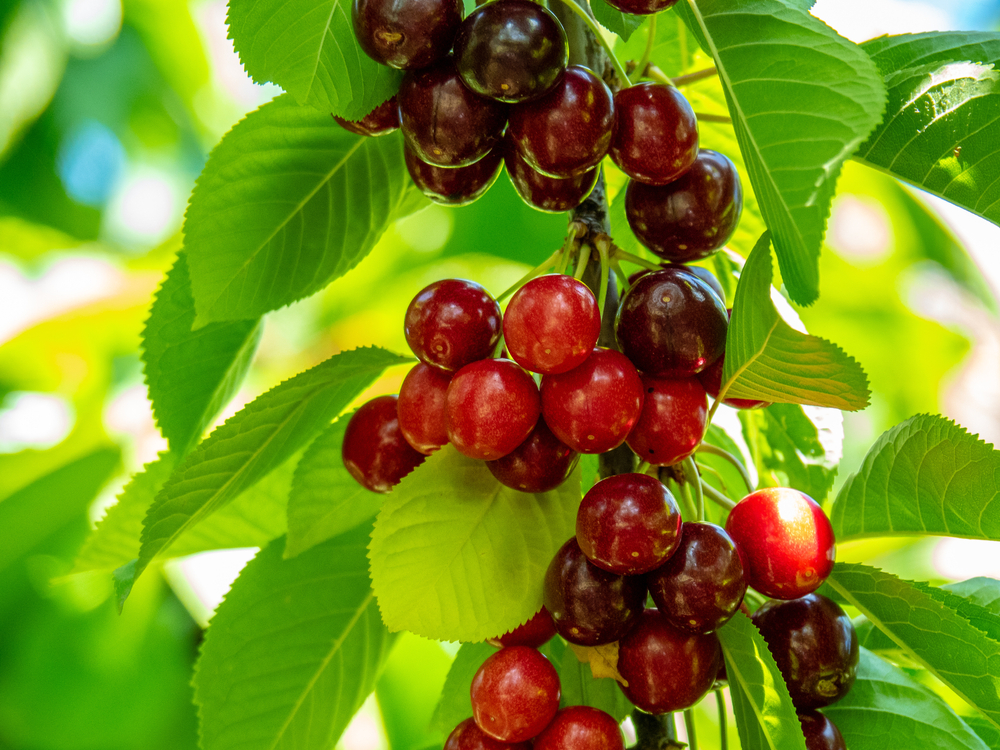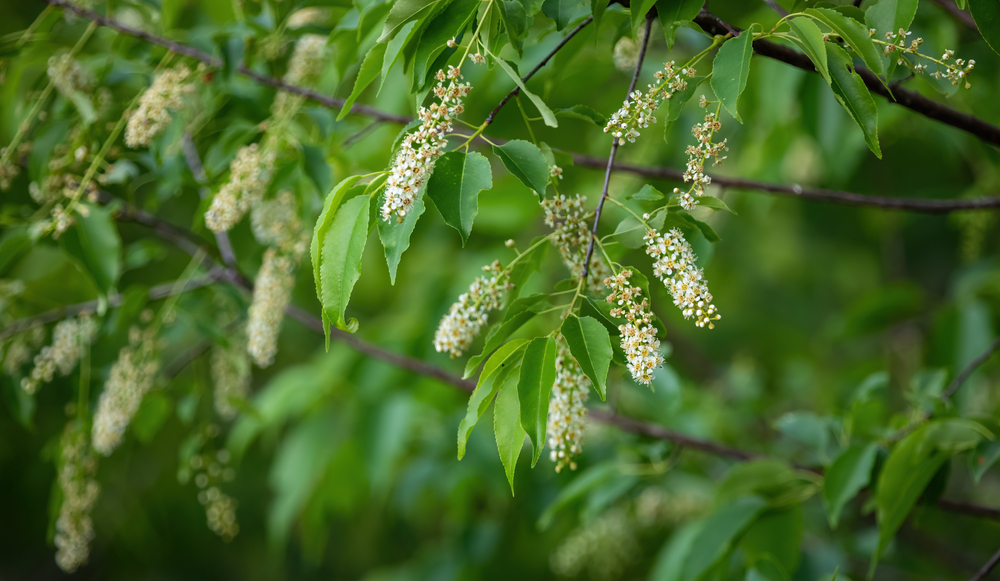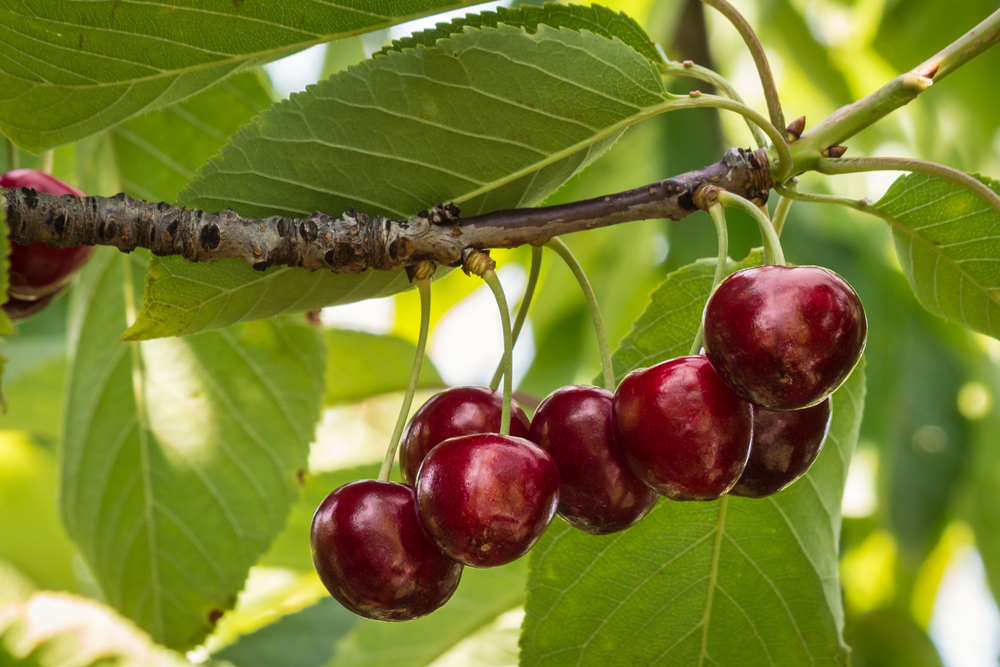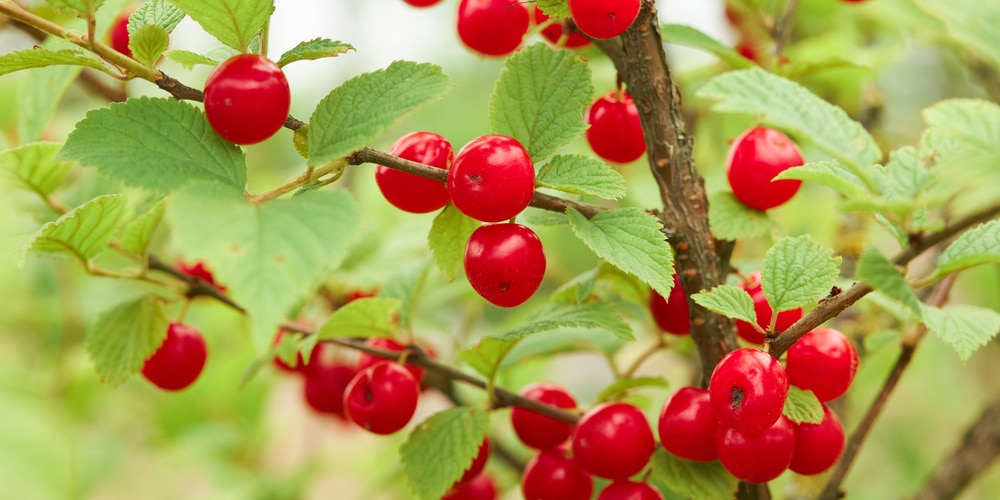Cherry trees make a worthy addition to any garden or orchard. Soft pink blossoms and sweet fruit are the hallmarks of the cherry tree. They are lovely to look at, and enterprising gardeners can collect the fruit to eat or turn in high-quality fertilizer.
However, not all cherry trees are suited for all climates. Texas, in particular, has arid, hot weather that makes it challenging to grow cherry trees. Firstly, much of the soil in Texas includes copious amounts of clay that clogs the ground with poor aeration and drainage, which is unsuitable for fruit trees.
Next, the hot climate has few freezing hours, and cherry trees must experience a certain amount of chill hours to successfully flower and bear fruit. Some trees get around this, but it depends on your plant variety.
And finally, you need to plant cherry trees in pairs close to each other. So they successfully pollinate to produce fruit. You cannot plant cherry trees in isolation as most varieties cannot successfully self-pollinate.
Planting Cherry Trees in Texas
When selecting the type you want to plant, choose healthy trees at least a year old from a local nursery. Then take the utmost care in cultivating the frail young trees to help take root and flourish.
Soil Quality
Much of the soil quality in Texas is clay-like, with poor drainage and aeration. To test your soil, take some soil from the area you want to plant and add water. If you can shape the earth into a ball that retains its shape, it contains too much clay for fruit trees.
You can fix this by adding a lot of mulch to the soil and mixing it over long periods. When planting the tree, you should ensure you cultivate the soil loosely to avoid strangling the roots.
Digging the Hole and Planting
The hole should be two or three times the size of the roots, as they need space and loose soil to grow and establish the tree. You should avoid using heavy fertilizer around the root ball, as it encourages the roots to grow inward and not expand.
The roots should remain exposed, and the base of the tree should be an inch from the soil so the roots can breathe and expand into the ground at their own pace.
Caring for the Tree
After you fill in the hole halfway, add about an inch of water, fill it the rest of the way, and add another inch. Water slowly and deeply at least twice a week, especially in arid areas.
Use a good fruit tree fertilizer, and add about an inch per square foot of root space under the tree. Do not add fertilizer until the roots have established themselves. Typically happens a few weeks after planting. Continue mulching the area after planting to keep weeds down and soil loose and draining.
Escarpment Black Cherry
The escarpment black cherry tree is native to the state of Texas. The USDA Plant database shows five varieties of black cherry, and about four grow in Texas. Check the varieties to see which ones will work best in your county.
These trees are the easiest to grow in Texas. However, their fruit is slightly bitter and not great for human consumption. However, these trees attract plenty of wildlife and have gorgeous flowers, so if you are not interested in the fruit, these will likely be your best bet for growing cherry trees in Texas.
Royal Lee and Minnie Royal
Royal Lee and Minnie Royal are two low-chill varieties from Zaiger Genetics. They are a relatively new variety, only available for purchase since 2008. Some Texas nurseries do carry this variety so ask around.
The main benefit of these trees is the low-chill requirement for bearing fruit. It is perfect for Texan winters where the temperature rarely drops below freezing. In addition, these trees bear delectable fruit that is perfect for eating.
You have to buy these in pairs, as they cannot pollinate with the other variety, so ensure you have enough room in your garden for two trees before planting.
Nanking Cherry Tree
The Nanking Cherry Tree produces delicious cherries and blossoms, an excellent addition to any garden. However, it has a higher requirement for chill hours, so it is best to plant this variety in North Texas.
However, if you have a suitable climate and soil, this cherry tree has scenic flowers and delicious fruit to enjoy. Remember to plant two trees as they can’t self-pollinate.
In Conclusion
There are factors to remember when choosing to plant a cherry tree in Texas. Regardless of these factors, there are several options available. Plant one of the varieties above and enjoy cherries fresh from your yard.



